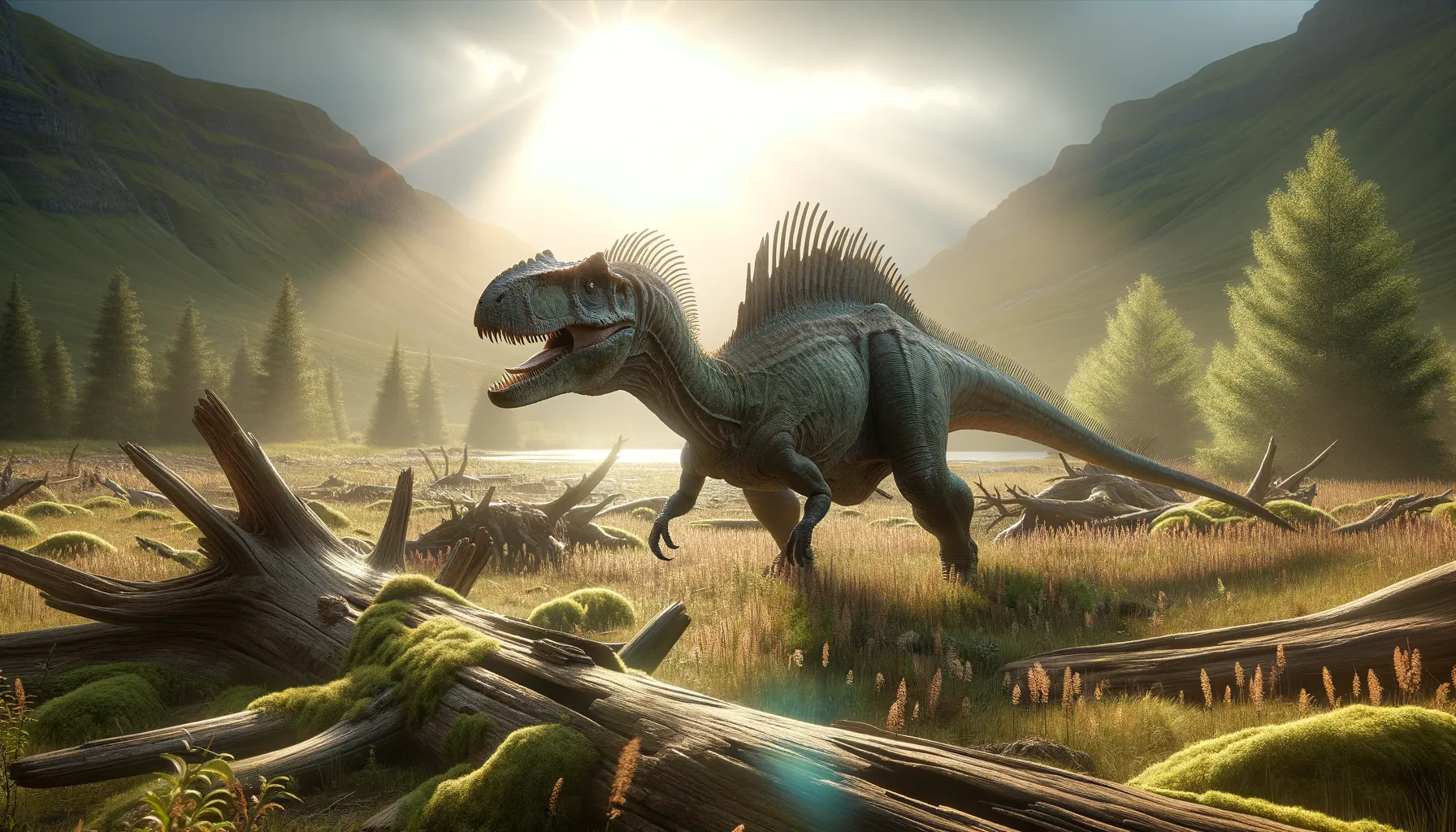
Taveirosaurus
Small but mighty in the dinosaur world.
Period
Cretaceous
Length
Approximately 2 meters long.
Height
Reached about 1 meter tall.
Weight
Weighed approximately 20 kilograms.
Taveirosaurus was a small ornithischian dinosaur that inhabited Europe during the Late Cretaceous period. Known from limited fossil remains, this herbivore possessed a modest size and was likely not a contender for speed or strength. While not much is known about its detailed physical attributes, its teeth suggest it was adept at processing plant material, indicative of a herbivorous diet.
Diet
Taveirosaurus primarily fed on low-lying plants and foliage. Its teeth were adapted to grind and chew plant material efficiently. As a herbivore, it likely relied on a varied diet of available vegetation.
Hunting
Taveirosaurus did not hunt as it was a herbivore. It likely foraged for plants and other vegetation within its environment. Its diet did not require pursuit of prey.
Environmental challenges
Taveirosaurus faced the challenge of finding sufficient vegetation due to competition with larger herbivores. Its small size meant it had to be wary of predators in its ecosystem. Climate shifts during the Late Cretaceous could have impacted its food supply. Seasonal changes in plant availability may have required adaptation in feeding behavior.
Speed
Slow-moving, not built for speed.
Lifespan
Estimated at 20-30 years.
First discovery
Discovered in Portugal in 1990.
Fun Facts
- Taveirosaurus was named after the village of Taveiro in Portugal where its fossils were found.
- It lived during the Late Cretaceous period, around 70 to 65 million years ago.
- Taveirosaurus is known mostly from dental remains, making it somewhat of a dinosaur mystery.
- Its teeth suggest it was an herbivore, likely munching on plants and maybe even fruits.
- Although not much is known, Taveirosaurus may have been small, possibly similar in size to a sheep.
- Its discovery in Portugal adds to the evidence that Europe had a diverse range of dinosaurs at the end of the dinosaur era.
Growth and Development
Taveirosaurus juveniles likely grew rapidly to avoid predation. Bone structure studies suggest a growth pattern similar to other small dinosaurs. Size and maturity were crucial for its survival against environmental pressures. Parental care, if present, may have contributed to early survival.
Habitat
Taveirosaurus lived in what is now modern-day Portugal, suggesting a preference for warm, coastal environments. Its surroundings included forests and possibly open plains with diverse plant life. Access to freshwater sources would have been vital for survival. The habitat provided both challenges and resources for feeding and breeding.
Interaction with other species
Taveirosaurus coexisted with a variety of other dinosaurs, including larger herbivores and predators. It likely maintained a low profile to avoid attracting attention from carnivorous dinosaurs. Its presence in the ecosystem contributed to shaping plant growth and distribution. Competition for resources might have influenced its behavior and movement patterns.
Natural lifespan
Its natural lifespan was approximately 20 to 30 years.
Reproduction
Taveirosaurus likely laid eggs, similar to other ornithischians. Nesting sites would have been situated in protected areas to shield eggs from predators. Offspring survival depended on environmental conditions and possibly parental care.
Social behaviour
It may have exhibited solitary behavior or lived in small groups. Social interactions likely focused on foraging efficiency and survival. The presence of conspecifics could provide a measure of protection against predators.
Fossil locations
Fossils of Taveirosaurus have primarily been uncovered in Portugal. These discoveries contribute significantly to our understanding of small dinosaurs in Europe. Limited fossil evidence restricts comprehensive knowledge of its distribution. Its remains provide insight into the fauna of the Late Cretaceous period in the Iberian Peninsula.
